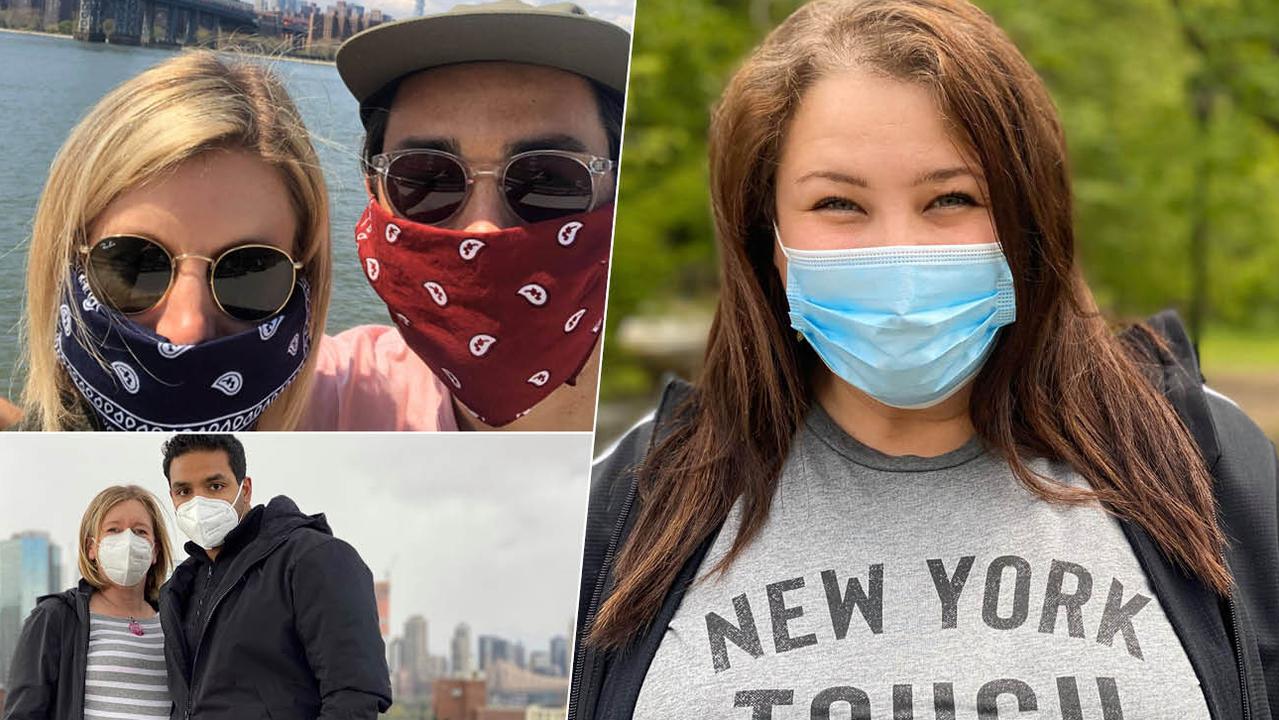Big Read: Bogota comes to life as graffiti artists flock to Colombian capital
LAX laws and blank walls are making Colombia's capital Bogota a haven for local and international graffiti artists, giving the once grey city an unintentional makeover.
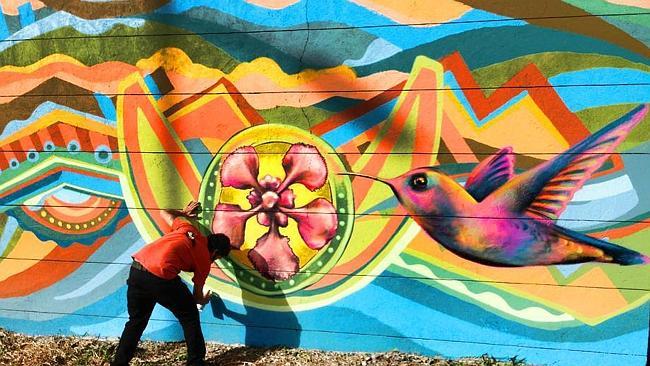
Big reads
Don't miss out on the headlines from Big reads. Followed categories will be added to My News.
THIS gritty city of 7.6 million rarely gets respect. It often ranks near the bottom in "livability'' surveys and near the top of the hemisphere's ugliest capitals.
But in recent years, Colombia's capital Bogota has been getting an unintentional makeover, as lax laws and blank walls have made it a haven for local and international graffiti artists.
Now, this Andean capital seems to be in bloom, as everything from high-art to hurried scrawls spring from overpasses, storefronts and sidewalks. The splash of colour is earning the city accolades and recognition in the art world - even as some here wonder about the line between art and vandalism.
Bogota's street-art scene is part accident, part design. The city was already becoming a hotbed for graffiti when the mayor rolled out a law last year trying to regulate the practice. Now, graffiti is allowed everywhere except monuments, government buildings and public infrastructure; artists need permission before tagging private property. But while fines and sanctions do exist, some say the new rules have given graffiti a veneer of legitimacy and turned Bogota into a street-artist Wild West.
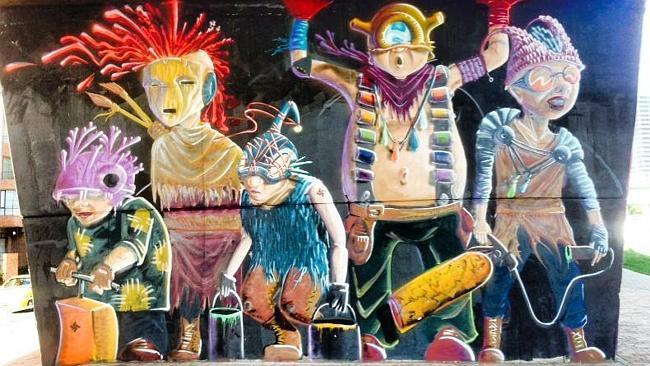
"I can walk out onto the freeway right now and start painting and the police will just drive by and not say a thing,'' said El Pez, 37, an artist from Barcelona, Spain.
El Pez moved to Bogota six years ago, in part attracted by the laissez-faire attitude. His work, which has been dubbed "happy style,'' features wide-eyed, grinning animals and has found a global following; for the last three years, he's exhibited at Art Basel in Miami.
"Five years ago, there wasn't a lot going on here,'' he said. "Now, there's a lot of talent and a lot of freedom to communicate.''
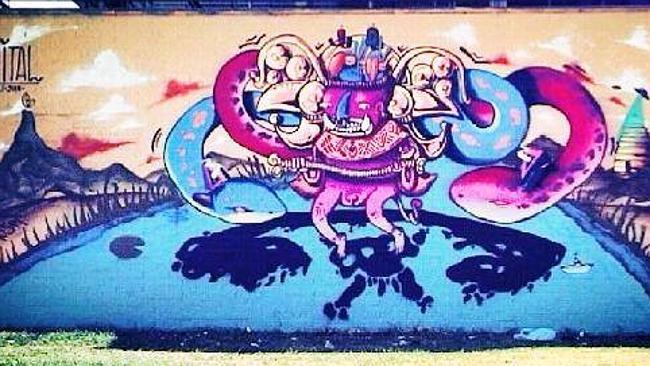
For the most part, the city seems better off with the blind-eye policy. Since graffiti artists can work in daylight and often without police harassment, they have the time to create large, intricate murals, said Christian Petersen, an Australian artist who does guided tours of Bogota's street art.
"It's a unique situation here, and that encourages a lot of good-quality work,'' he said. "Ironically, in places where it's highly illegal, it encourages more tagging and bombing and stuff the general public dislikes and defines as vandalism.''
Mayor Gustavo Petro has called graffiti a way "to overcome social segregation'' and offered grants to artists to paint in neglected areas and public markets.
"Art is also for the workers and the humble,'' he said recently as he inaugurated a mural. "It's a way to overcome our problems by looking at these colours and beauty.''
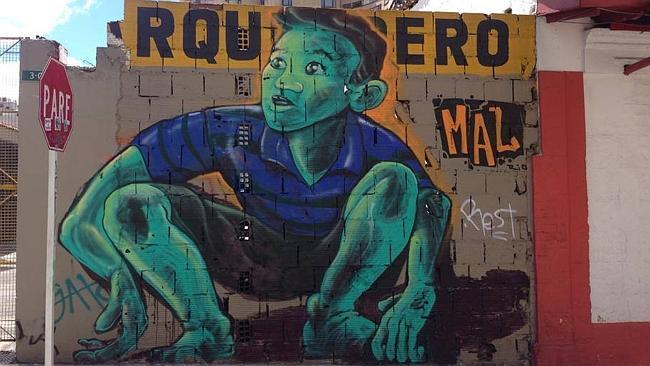
But some purists worry that the city is getting too cozy with the local graffiteros.
"Street art is like a virus that expands, which is good, because artists get to express all their marginality on the street,'' said Maria Elvira Ardila, a curator at Bogota's Museum of Modern Art. "But when these acts of street art become institutional - are sponsored by the mayor's office or other government institutions - they lose their character.''
The museum has debated having a show featuring local street artists but to put them in a museum setting would destroy their "marginal and anonymous'' essence, Ardila said.
For others, the debate is less philosophical.
Milena Sandrea oversees a high-end auto repair shop that works on Volkswagens and Audis. The large, corner building with its high white walls makes a tempting target and it's covered in graffiti tags and signatures.
"We used to paint every six months but the next day - or two at the most - it would be covered in graffiti again,'' she said. "We've given up.''
Sandrea said the city's relaxed attitude toward graffiti may be to blame.
"Because kids see it everywhere, they think it's OK to do it,'' she said.
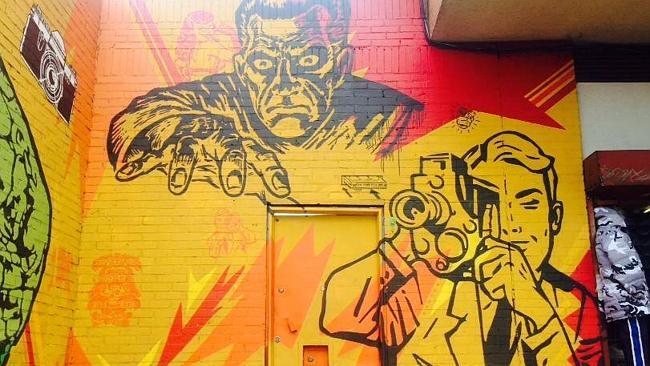
A turning point for the city came in 2011, when police gunned down Felipe Diego Becerra, a 16-year-old graffiti artist painting on a bridge. The officer claimed he mistook Becerra's spray-paint can for a gun, but witnesses say the teenager was shot in the back. The case is ongoing but some say it was a watershed - after that, police have given graffiti artists wider berth.
When Miami graffiti artist, Israel Hernandez-Liach, 18, died in August after being Tasered by Miami Beach police, it resonated here. Hernandez was born in Colombia and was tagging a shuttered McDonald's when he was caught.
Those who embrace "acceptable'' street art but dismiss tagging as vandalism don't understand the art form, said Stinkfish, 33, one of Colombia's best-known and prolific street artists who is part of the APC collective that's active here and in Mexico.
Stinkfish paints high-contrast, detailed portraits that are prized in art circles and have earned him invites to festivals around the world. But he's also covered the city with his signature and his tag - a toothy homunculus - including in areas that are illegal.
"The streets should be a space for free communication, but for a long time it has belonged to corporations, companies, the church, people with money,'' he said.
"For it to be free, you have to paint what you want where you want - whether that's your name, a mural or a face.''


